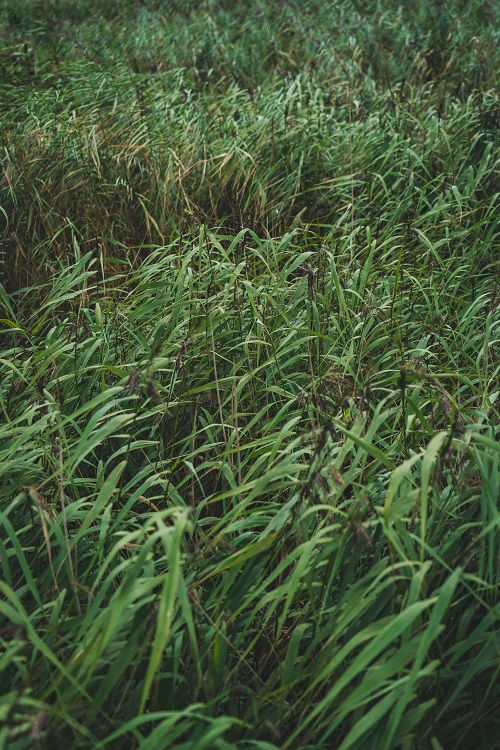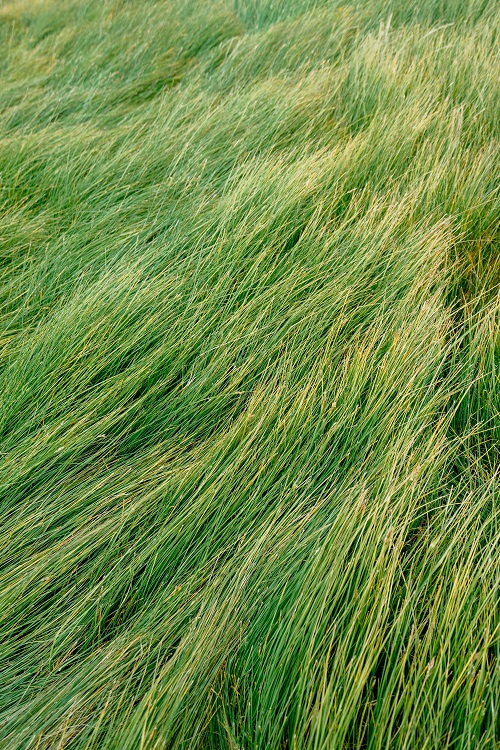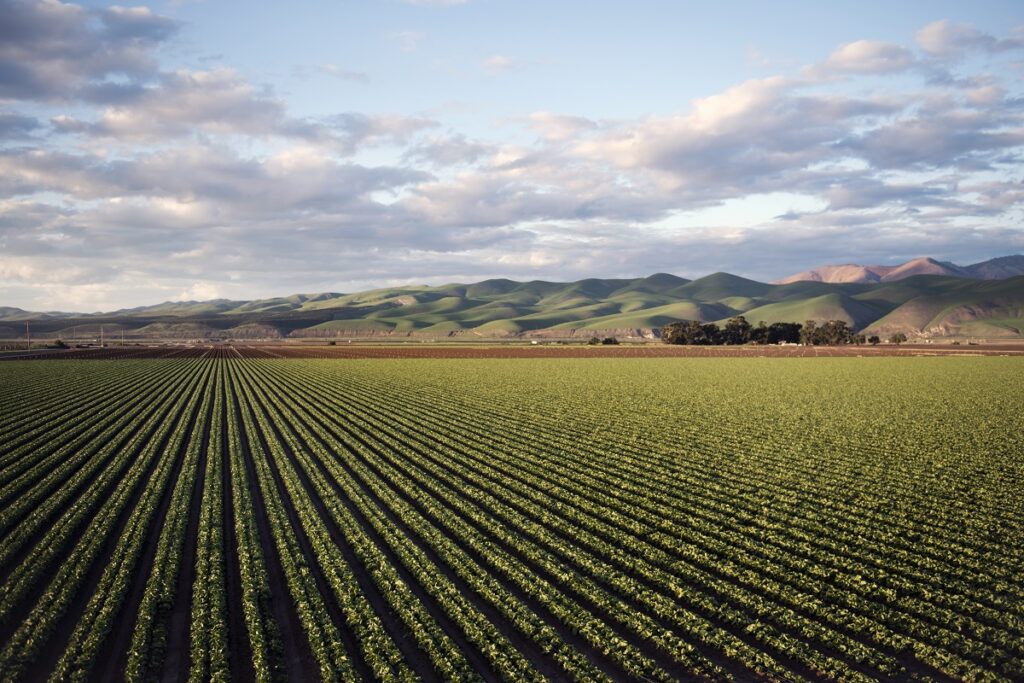Introduction: Why Smart Farmers Are Turning to Green Manure
Soil health is the foundation of profitable farming. Yet many agricultural operations drain their soil year after year, becoming increasingly dependent on synthetic fertilizers to maintain yields. There’s a better way.
Green manure—the practice of growing cover crops specifically to enhance soil fertility—is revolutionizing how progressive farmers approach land stewardship. This ancient technique, now backed by modern soil science, allows you to build soil health naturally, reduce input costs, and improve long-term productivity without relying heavily on chemical fertilizers.
Whether you’re managing hundreds of acres or tending a backyard garden, green manure offers practical, economical solutions for sustainable agriculture. Let’s explore how this time-tested practice can transform your soil and your bottom line.
What Is Green Manure and How Does It Work?
Green manure refers to the deliberate cultivation of specific plant species—primarily legumes and grasses—that are later incorporated directly into the soil to enhance its fertility and structure. Unlike cover crops that are sometimes grazed or harvested for forage, green manure crops are grown with the sole purpose of being tilled back into the earth where they decompose and release nutrients.
The process is straightforward: you plant nitrogen-fixing legumes or biomass-producing grasses during the off-season or between cash crop rotations. These plants grow vigorously, accumulating nutrients in their tissues and root systems. When the crops reach optimal maturity—typically just before flowering—you plow or till them into the soil. As they decompose over weeks to months, they transform into dark, nutrient-rich organic matter that feeds both the soil and the next generation of crops.
This practice has become central to organic farming, regenerative agriculture, and conservation tillage systems across the United States. It’s particularly valuable for farmers looking to transition away from synthetic nitrogen fertilizers while maintaining or improving yields. The USDA has long recognized green manure as an essential component of sustainable agriculture programs.

Why Green Manure Works: The Soil Science Behind the Strategy
Biological Nitrogen Fixation
The magic of green manure lies largely in symbiotic nitrogen fixation. Certain legume plants—including clover, alfalfa, vetches, and peas—form relationships with rhizobia bacteria in their root nodules. These bacteria pull atmospheric nitrogen (which plants cannot use directly) and convert it into forms that plants can absorb and utilize. When the legume crop is incorporated into the soil, that captured nitrogen remains available for your subsequent cash crops.
A single acre of well-managed legume cover crops can fix 50 to 300 pounds of nitrogen annually—equivalent to the nutrient content in several hundred dollars’ worth of commercial fertilizer.
Organic Matter Accumulation
Beyond nitrogen, green manure crops create massive amounts of plant biomass. This organic matter improves soil structure, increases water-holding capacity, enhances aeration, and provides food for beneficial soil microorganisms. Soils rich in organic matter are more resilient to both drought and excessive rainfall—critical advantages in an era of increasingly variable weather.
Natural Pest and Disease Suppression
Strategic cover crop selection can suppress specific agricultural pests. For example, certain plants release compounds that suppress plant-parasitic nematodes, while others improve conditions for beneficial insects and soil organisms that prey on crop pests. Additionally, rotating through diverse plant species interrupts pest life cycles that can establish when the same crop is grown repeatedly in the same location.
Key Benefits of Implementing Green Manure on Your Farm
1. Dramatically Reduced Fertilizer Costs
Commercial nitrogen fertilizer represents one of the largest expense categories for most farming operations. By fixing atmospheric nitrogen through cover crops, you can reduce—or in some cases eliminate—your synthetic nitrogen purchases. Over multiple growing seasons, these savings compound significantly.
2. Enhanced Soil Structure and Water Management
Green manure builds soil structure through organic matter accumulation and microbial activity. This improvement translates to better water infiltration, increased water retention in dry periods, and improved root penetration for cash crops. Farmers often report needing less irrigation and experiencing more stable yields.
3. Superior Long-Term Soil Health
Unlike synthetic fertilizers that provide only a temporary nutrient boost, green manure creates lasting soil improvements. The biological community in the soil expands, nutrient cycling becomes more efficient, and the soil’s natural fertility-building capacity strengthens year after year.
4. Weed Suppression Through Competition
Dense cover crop growth shades the soil surface, dramatically reducing opportunities for weed germination. This biological weed control reduces dependence on herbicides and lowers overall production costs.
5. Erosion Control and Soil Protection
The extensive root systems of cover crops bind soil particles together and protect soil from water and wind erosion. This protection is especially valuable on sloped terrain or in regions prone to heavy rainfall.
6. Environmental Benefits and Regulatory Advantages
Green manure reduces nutrient runoff, improves water quality, and enhances wildlife habitat. These environmental benefits may open doors to conservation incentive programs, premium pricing for sustainably-grown crops, or compliance with emerging agricultural regulations.

Best Cover Crop Species for Green Manure in North America
Nitrogen-Fixing Legumes (Recommended for Fertility Building)
Hairy Vetch – One of the most popular cover crops in the U.S. Northeast and Midwest. Establishes quickly, fixes significant nitrogen, and tolerates cold winters well. Typically planted in fall, winter-killed in colder regions or managed in spring.
Clover Species – Red clover and crimson clover are reliable workhorses. Easy to establish, excellent for short-term cover crop rotations, and palatable to livestock if integrated into grazing systems.
Alfalfa – Exceptional nitrogen fixer suitable for multi-year cover crop stands. Particularly valuable in western states with more arid conditions.
Field Peas – Fast-growing spring legumes that establish quickly and produce substantial biomass while fixing nitrogen efficiently.
Cowpeas – Warm-season legumes ideal for southern states. Excellent nitrogen fixation and pest suppression qualities.
Biomass Producers (For Organic Matter and Nutrient Cycling)
Winter Rye – The go-to grass for many American farmers. Overwinters successfully across most U.S. regions, produces abundant biomass, and suppresses winter weeds effectively.
Oats – A cool-season grain that establishes rapidly, produces good biomass, and is easy to terminate with tillage or mowing.
Millet – A warm-season alternative in the South and Midwest. Grows quickly, produces voluminous biomass, and can help suppress certain soil pathogens.
Nutrient Mobilizers (For Breaking Compacted Soil)
Radish (Forage Radish) – Deep-rooted plants that penetrate compacted soil layers, creating channels for water and air movement. Also useful for capturing residual nutrients that might otherwise leach away.
Lupines – Add both nitrogen through fixation and deep root penetration to break hardpans.
Pro Tip: Mixing species—for example, combining hairy vetch with winter rye—often produces superior results. The legume fixes nitrogen while the grass produces biomass, and their different root depths improve soil structure at multiple levels.
How to Implement Green Manure: A Step-by-Step Guide
Step 1: Define Your Primary Objective
Begin by clarifying what your soil needs most. Are you focused on building nitrogen reserves? Improving compacted soil structure? Suppressing specific pests? Maximizing organic matter? Your primary goal should guide species selection and management timing.
Step 2: Select Species Matched to Your Region and Climate
Different cover crops thrive in different climates and seasons. Winter rye works beautifully in northern states but may struggle in the Deep South. Consult your local Extension office or USDA NRCS representative for species recommendations specific to your area.
Step 3: Prepare Your Land
You don’t need extensive soil preparation. Unlike planting cash crops, green manure often tolerates minimal tillage. A light pass with a field cultivator or even broadcast seeding onto existing crop residue frequently succeeds, especially when followed by moisture (either rain or irrigation).
Step 4: Plant at the Optimal Time
Fall Planting Window: August through October in northern regions is ideal for cool-season cover crops like winter rye and hairy vetch. Aim to establish plants before hard frost.
Spring Planting Window: April through May works well for warm-season species and warm-region locations. These crops typically grow through late spring and early summer.
Step 5: Manage Growing Crops Minimally
Most cover crops are low-maintenance. Ensure adequate moisture during establishment. Control competing weeds in the first month or two until the cover crop dominates. Fertilization is rarely necessary since nitrogen-fixing legumes support their own fertility.
Step 6: Terminate Before Flowering
The critical timing decision comes when plants reach pre-bloom growth stage. At this point, nutrient concentration is high but seeds haven’t formed. Terminate by:
- Mowing to reduce height and speed decomposition
- Incorporating with tillage
- Roller-crimping to kill plants while leaving them as mulch
- Herbicide termination if desired (though organic systems use mechanical methods)
Step 7: Allow Brief Integration Before Planting Cash Crops
After incorporating biomass, wait 2-4 weeks before planting your primary crop. This allows initial decomposition to begin and prevents potential allelopathy (chemical growth inhibition) from fresh plant material.

Timing Green Manure for Maximum Impact
The Off-Season Advantage
The ideal timing for green manure is during your farm’s natural downtime—the period between cash crops when land would otherwise sit fallow. This maximizes the cover crop’s growth window without interfering with primary production.
Example Timeline:
- Summer: Harvest wheat (June/July in northern regions)
- July-August: Plant fall cover crop blend (winter rye + hairy vetch)
- October-November: Allow growth to establish
- March-April (following spring): Terminate cover crop
- April-May: Plant corn or other summer crop
Pre-Crop Preparation Strategy
For farmers transitioning away from chemical fertilizers, planting green manure crops one season before high-demand crops (corn, tomatoes, peppers, or lettuce) creates ideal soil conditions. The previous year’s incorporated nutrients feed the demanding cash crop without synthetic fertilizer.
Measuring Success: How to Monitor Your Green Manure Program
Visual Soil Quality Indicators
Within one to two years of consistent green manure use, you should notice:
- Darker soil color (increased organic matter)
- Improved crumb structure and tilth
- Better water infiltration
- Increased earthworm and soil organism activity
- Reduced compaction resistance
Quantifiable Metrics
Consider periodic soil testing:
- Organic matter content – target 3-5% for mineral soils
- Nitrogen levels – monitor reduction in synthetic fertilizer needs
- Soil structure – assessed through aggregate stability testing
- Microbial activity – measured through respiration tests
Economic Tracking
Document fertilizer purchases, application costs, and yield data year-over-year. Most operations see reduced input costs after 2-3 years while maintaining or improving yields.
Addressing Common Challenges and Misconceptions
“Won’t cover crops compete with my cash crop?”
Not if timed and managed correctly. Proper termination at least 2-4 weeks before cash crop planting prevents competition. The decomposing biomass actually enhances conditions for your primary crop.
“Do I need special equipment?”
Not necessarily. Standard tillage equipment, mowers, or roller-crimpers work well. Many farmers use whatever implements they already own, though some specialized equipment exists for larger operations.
“Will cover crops attract pests to my farm?”
Strategic species selection minimizes pest problems. Work with Extension or conservation specialists to choose crops that support beneficial insects rather than agricultural pests.
“How long until I see results?”
Initial improvements appear within one season, but soil-building benefits accumulate significantly over 3-5 years of consistent practice.
Green Manure in Context: Fitting Into Modern Farming Systems
Green manure isn’t an all-or-nothing proposition. Many successful American farmers integrate it into diverse systems:
Organic Operations – Green manure is essential for nitrogen supply, making it a cornerstone practice.
Conventional Farms Reducing Inputs – Using green manure 1-2 years out of every 3-4 year rotation significantly reduces synthetic fertilizer needs while maintaining yields.
Grazing Operations – Cover crops can be grazed before termination, providing livestock nutrition while building soil.
Regenerative Agriculture – Frequent cover cropping, diverse rotations, and minimized tillage create cumulative soil health improvements.
Precision Farming – Modern farmers combine cover crop management with soil mapping and variable-rate application to optimize results.
Conclusion: Growing Your Soil While Growing Your Bottom Line
Green manure represents a profound shift in how we think about agricultural inputs. Rather than buying fertility from outside sources, you grow it right in your fields. The result is soil that gets richer every year, reduced dependence on chemical fertilizers, lower input costs, and improved resilience against drought and weather extremes.
Whether you farm 50 acres or 5,000 acres, whether your focus is vegetables, grains, or livestock, green manure offers tangible benefits backed by both centuries of agricultural tradition and modern soil science.
Ready to build healthier soil naturally? Start small—dedicate 5-10 acres to a green manure trial this season. Plant a regionally-appropriate cover crop species, follow the management steps outlined here, and observe the transformation. Most farmers discover that the benefits far exceed expectations.
Next Steps:
- Contact your local USDA Natural Resources Conservation Service (NRCS) office for region-specific cover crop recommendations
- Consult your Extension Service for species selection and management guidance
- Connect with neighboring farmers already using green manure to learn from their experience
- Consider a soil test to establish your baseline before implementing a green manure program
Your soil is your most valuable asset. Invest in it through green manure, and watch your farming operation—and your land’s future—flourish.
